Segóbriga is one of the most important archaeological finds we have in Spain. It is located very near Madrid and unfortunately it is not well-known. In order to get to Segóbriga from Madrid, you can go by car and drive to Cuenca. The trip will only take one hour. This incredible archaeological find preserves a whole city dating back to the Holy Roman Empire. There is nothing like it in the centre of Spain. The conservation of the ruins is excellent. This fact allows us to know how the inhabitants of the area lived in those days. Because of this, we suggest that you accompany us on this trip to the Holy Roman Empire seen through the ruins of Segóbriga.
A CITY OF MERCHANTS AND SLAVES
Segóbriga started to be built in the year II BC, when Rome dominated a large part of the Iberian Peninsula. Its origin stems from a Celtiberian hill-fort which was occupied by the Romans and later razed to the ground in order to build this city which became one of the most important ones in Roman Spain.
The closeness of gypsum mines attracted wealthy people who were looking for new opportunities in the business world. The so called lapis specularis was found in these mines and it was greatly valued for it was used as window panes. Lapis specularis was also ground and mixed with the sand of the Roman Circus, thus, enhancing its beauty. At that time these mines were considered the most important ones in all the Mediterranean area. Many slaves, who worked in the mines, lived in Segóbriga.
A REAL ROMAN CITY
When the Romans built Segóbriga, they wanted it to be identical to the great cities of the Empire, so that its citizens could live as real Romans.
They constructed thermal baths, a forum, temples and places for performances such as an amphitheatre and a theatre. The thermal baths are preserved very well although they had to be restored. We can easily imagine the customs of the wealthy people of the city. Concerning the Roman Theatre, only the changing rooms and the toilets have been preserved as well as the stands for the audience.
Regarding the amphitheatre, we can see that it is also in very good condition and we can feel what the atmosphere was like whenever a performance took place. Facing the Forum, we must point out the basilical Lecture Theatre, which was part of a great building where the citizens worshipped and paid homage to the Emperor. Unfortunately, there is little left of the circus and the metropolis. However, there are some tombs which we can can visit. Lastly, the museum of Segóbriga has reconstructed a Roman pantheon ( originally located on the outskirts of the town ) where they worshipped the gods and the Emperor Augustus.
Pictures: Pablo Cabezos



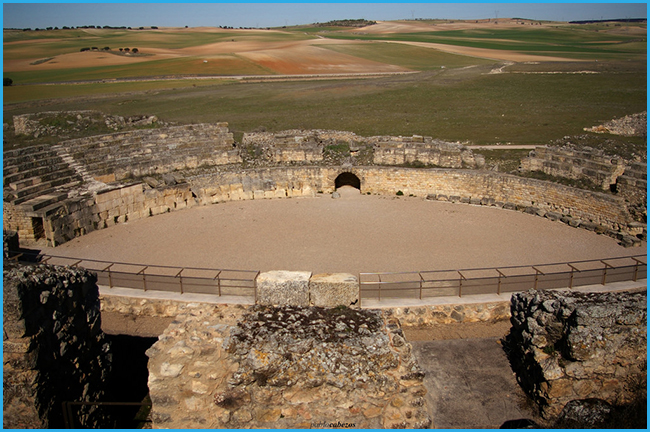
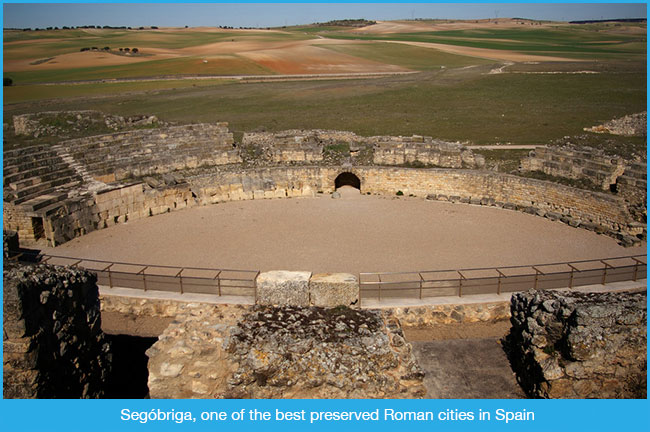
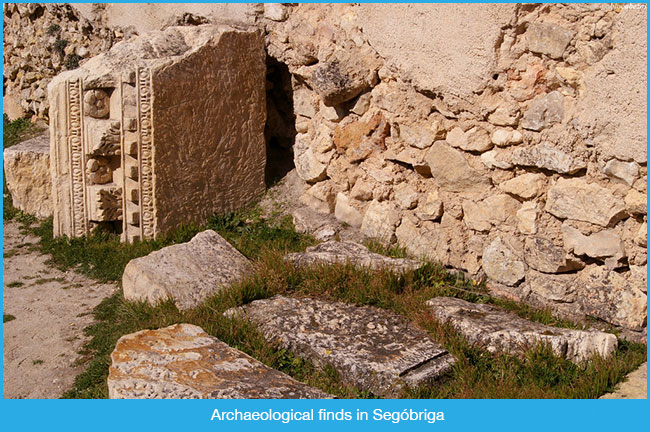
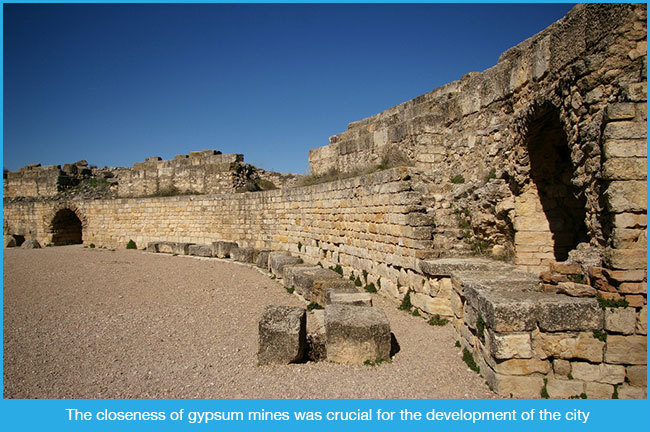
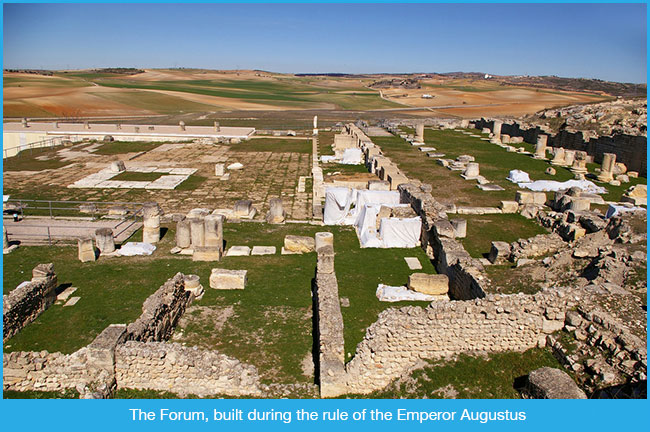
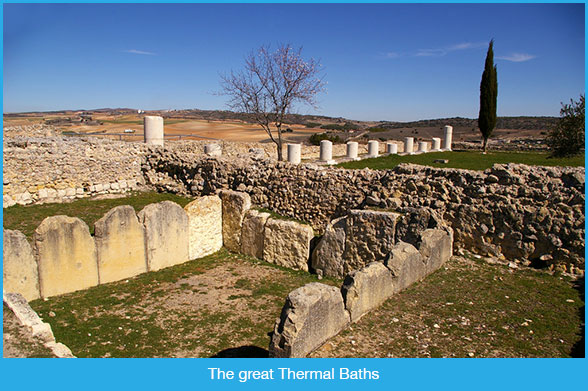
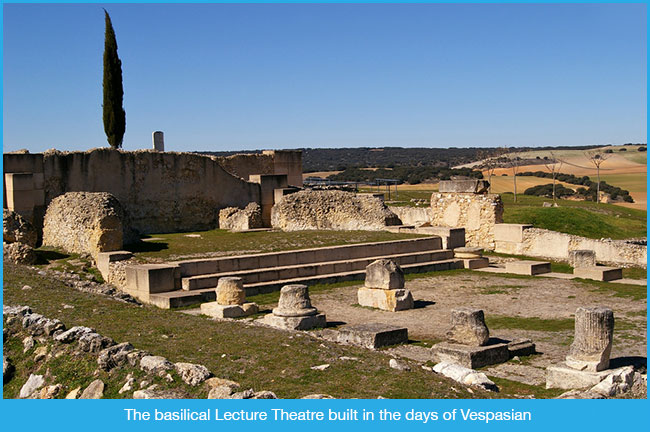

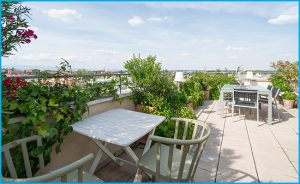
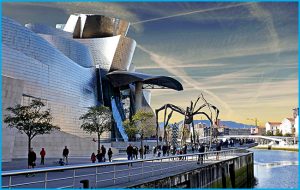
 Spanish
Spanish English
English